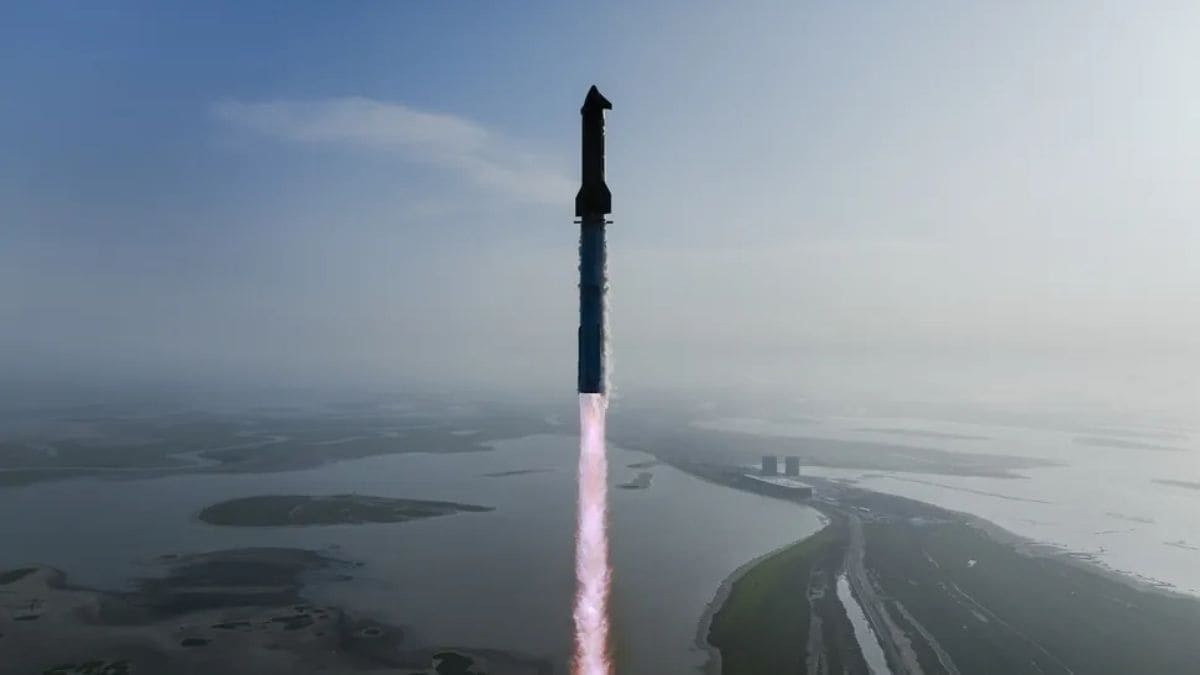SpaceX has signed a first-of-its-kind deal with the Italian Space Agency (ASI) to fly Italian science experiments to Mars aboard its Starship rocket. ASI President Teodoro Valente announced that ASI will send its experiments on SpaceX's first commercial Mars flights. The payloads will include a plant-growth module, a meteorology station and a radiation detector, which will collect data during the roughly six-month journey and on the Martian surface. This landmark agreement represents a new milestone in Mars exploration.
Italian Scientific Experiments on Starship
According to the ASI officials, the payloads include “a plant growth experiment, a meteorological monitoring station and a radiation sensor”. The plant experiment is designed to test how plants grow during the months-long trip and under Mars-like conditions, which will inform future life-support systems. The meteorological module will record Martian weather (temperature, pressure, etc.) to improve understanding of Mars's climate. The radiation sensor will measure cosmic rays and solar particles during the flight and on Mars' surface, providing data essential for assessing astronaut safety.
Mission Timeline and Commercial Partnership Implications
Starship has completed only suborbital test flights (nine as of mid-2025) and has not yet reached orbit. SpaceX is targeting the Nov–Dec 2026 Mars launch window, but CEO Elon Musk cautions that “a lot needs to go right” and success is far from guaranteed. Starship itself is a massive two-stage fully reusable rocket built specifically for Mars missions. Meeting these targets depends on completing Starship's development and test flights.
For SpaceX, the contract turns Starship into a Mars transportation service. The deal lets Italy send experiments to Mars without developing its own rocket. More broadly, it exemplifies a new era in which countries and organizations can purchase payload flights on commercial rockets, benefiting future Mars research.

Comments
Post a Comment